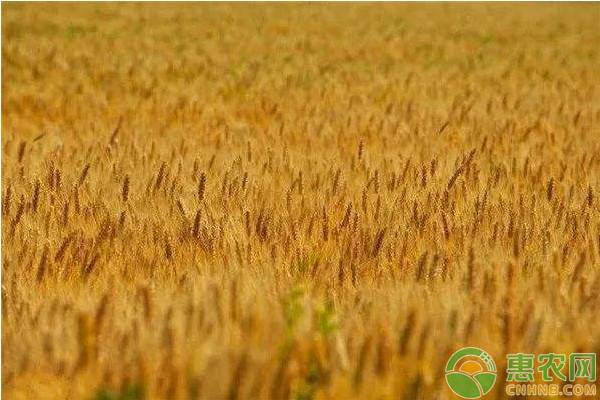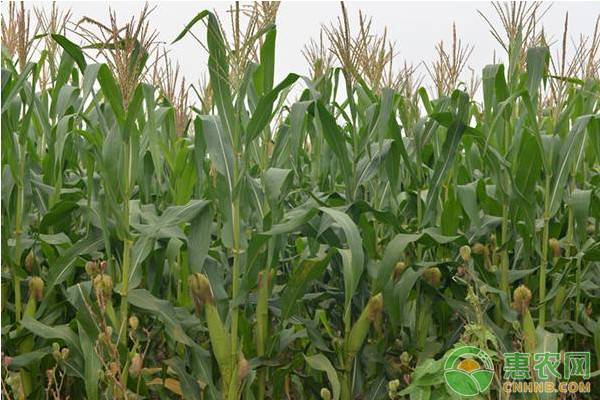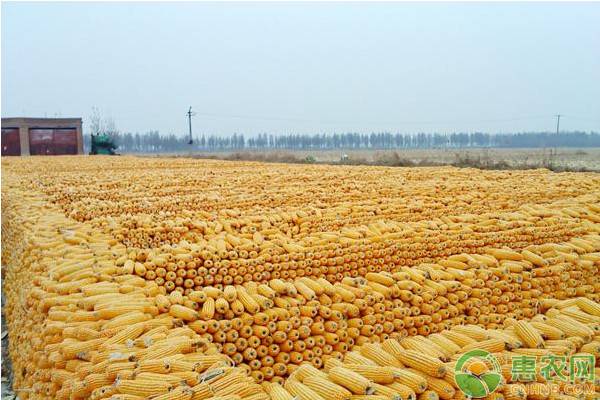Characteristics of 2019 Lixia Time and Lixia Farming Arrangement
What day is it in summer in 2019? This summer, it is the day of May 6th of the Gregorian calendar, which is the second day of the lunar calendar in April. So what is the farming arrangement after the summer? What are the precautions? In front of Huinong.com, we compiled a post-summer fruit tree management technique for everyone. Here are some common slang and summer farmer arrangements and vegetable management.

What are the proverbs in the countryside?
The burdock horse is well fed and the epidemic prevention is checked.
The servant needs to be scientific, strong and weak.
Piglets need to move big pigs to rest, and it is better to put the sheep on the stars.
The still water squid is flowing, and the fish turtle shrimp is scientifically fed.
When the farmer's time is ordered, the summer is completed, and the seedlings are fully filled.
The grain and cotton crops are loose and dry, and the roots of the grass are loosened.
Rice transplanting and smashing, the season can not be dragged.
Corn peanuts continue to be planted, kenaf turmeric and sesame.
Planting on the idle land, planting sweet potatoes in the north slope.
Wheat is watered with flowering water to prevent rust and wheat bran.
Apple pears are thin and early, and they are dense and appropriate.
Timely prevention of jujubes, it is generally not appropriate to live in summer.

Lixia vegetable management points
During the summer solstice period, the climate was abnormal, hot and cold, accompanied by dusty weather, which caused adverse effects on crops cultivated in various protected areas. First, there were many diseases, and the wintering, melons and solanes died. The phenomenon is more common, such as vine, dryness, bacterial wilt, downy mildew, and epidemics; second, the growth of unsatisfactory solanaceous fruit is unevenly expanded, hollow fruit, deformed fruit, and melons appear prolonged. More pointed melons and more curved melons.
Therefore, in management, it is necessary to control the ventilation at 24 °C in the sunny shed, and do not exceed 32 °C at noon. At night, the temperature is too high to leave the vents. When the bottom wind is blown, a windward film of about 60-80 cm high should be added in front of the shed to reduce the impact on the crop during ventilation (to fix the laminating rope again, prevent the wind from blowing down) Shed film). The temperature difference between day and night in the shed is above 10-15 °C, and the minimum temperature in the morning is 12-15 °C, which is conducive to the normal growth of crops. For the sheds of more than one-third of the dead cockroaches, the soil should be disinfected and replaced. The soil purifying agent (lime nitrogen-calcium cyanamide) plus straw or plant vines should be used for deep turning 25-30 cm. Membrane, irrigation, sealed greenhouse, high temperature disinfection for 20-25 days, can effectively prevent soil-borne pests (root knot nematode) and continuous disease caused by physiological disorders.
1. Crops for seeding or seedling: Sowing the summer and late summer cucumbers, cowpeas (beans), seedlings, wheat, eggplants and melons.
2. Pest control: In combination with pest control in the process of nursery and breeding, it is necessary to pay attention to the control of whitefly, aphids, and spotted flies in various crops cultivated in various protection facilities. In particular, pests in greenhouses should be eliminated in the first half of May. In the shed, to reduce the migration to the open field, causing greater harm.

Lixia Farming Arrangement
How to reduce the damage of dry wheat hot air?
In North China, Northwest China and other places, due to windy springs and less rainfall, the atmosphere is dry and the soil is dry, which often seriously affects the normal growth of crops. Especially the dry hot air before and after wheat grouting is the important disaster weather that leads to the reduction of production. Timely irrigation is the key measure for drought and disaster prevention.
1. Create farmland shelter forest
Farmland shelterbelts can reduce the temperature, increase the humidity, weaken the wind speed and reduce the evapotranspiration, which can significantly reduce the damage of dry hot wind.
2. Select wheat varieties that are resistant to dry hot air.
3. Seed dressing with calcium chloride, compound aspirin, etc., can promote strong wheat seedlings and enhance the ability of wheat to resist dry hot wind.
4. skillfully pouring wheat yellow water
By maintaining proper soil moisture through irrigation to increase air humidity, dry hot wind hazards can be prevented or mitigated. Especially when water is poured 10 days before the ripening of wheat, the harm of dry hot air can be effectively prevented.
5. Foliar application of chemicals
In the later stage of wheat growth, before the onset of dry hot air, spraying the leaf surface with chemical agents such as petroleum probiotic, potassium dihydrogen phosphate, plant ash water, superphosphate, and chlormequat can improve the physiological function of wheat and improve the dry heat of wheat. Resistance.
For the wonderful pictures and popular comments on Lixia's farming activities, you may be interested in the following recommended contents. Welcome to read.
The level of IgM antibody begins to rise after 1 week after the initial infection, while the IgG appears later than IgM (usually in 14 days after infection) and can last for 6 months or even several years, which meansthat the IgG serves as an indicator of previous infection. Suspected patients that are infected by 2019-nCoV can be rapidly identified by simultaneous monitoring of IgM and IgG. During the outbreak period of2003-SARS and the 2016-Zika, IgM / IgG antibody detection was used as one of the recommendeddiagnostic methods.
COVID-19 Professional Testing Kits
NINGBO AUTRENDS INTERNATIONAL TRADE CO., LTD , https://www.metests.com